Andrés Escobar
Flutter Theme: All with less code
#1about 1 minute
A strategy for writing less theme code in Flutter
An overview of the challenges with verbose theme extensions and a plan to use a package and specific tips to reduce boilerplate code.
#2about 1 minute
The boilerplate problem with manual theme extensions
Manually creating ThemeData extensions requires implementing methods like copyWith and lerp, leading to verbose and messy code as properties increase.
#3about 2 minutes
Generating theme extensions with the theme_tailor package
The theme_tailor package uses code generation with the @Tailored annotation to automatically create theme extensions, drastically reducing manual boilerplate.
#4about 1 minute
Managing colors consistently with enhanced color schemes
Enhance the built-in ColorScheme.light and ColorScheme.dark instead of creating custom color properties to maintain consistency with Material Design.
#5about 2 minutes
Sharing styles across themes with a common extension
To avoid duplicating component styles in light and dark themes, create a separate file with a common theme data extension that can be applied to both.
#6about 1 minute
Applying the final structured themes to your app
The final step involves assigning the fully constructed light and dark themes to the theme and darkTheme properties of the MaterialApp widget for automatic switching.
Related jobs
Jobs that call for the skills explored in this talk.
Matching moments
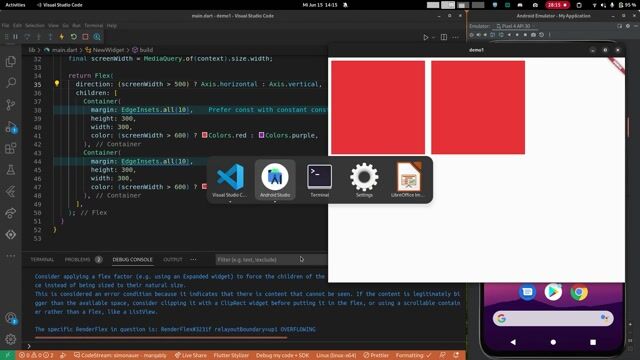
24:25 MIN
Best practices for building cross-platform Flutter apps
Writing truly cross plattform applications using flutter

00:05 MIN
Dart's history and its modern revival with Flutter
Dart - a language believed dead, experiences a new bloom
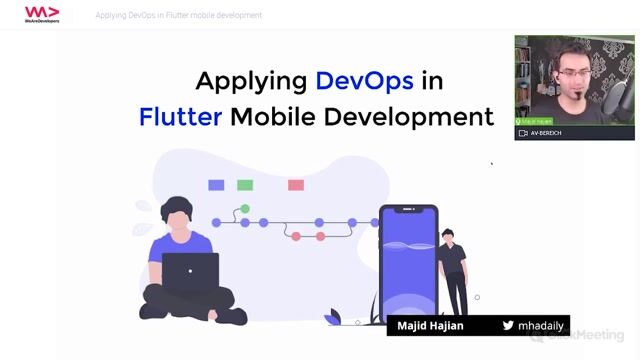
01:26 MIN
Understanding Flutter for cross-platform mobile development
Applying DevOps in Flutter mobile development
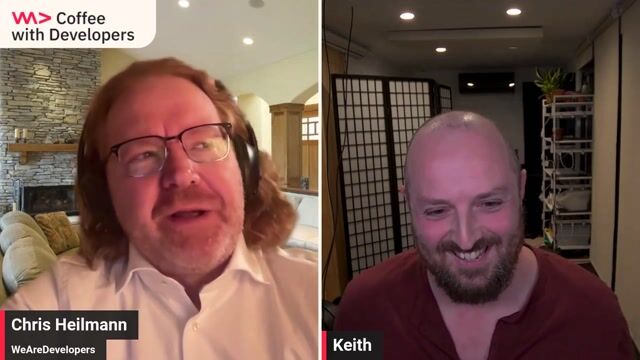
31:16 MIN
Why tools like Tailwind abstract away the platform
Keith Cirkle of GitHub on React Fatigue
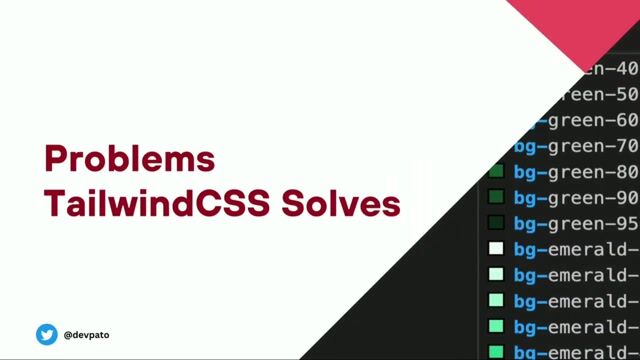
07:41 MIN
How Tailwind solves common CSS challenges
Level up your Angular CSS with Tailwind CSS
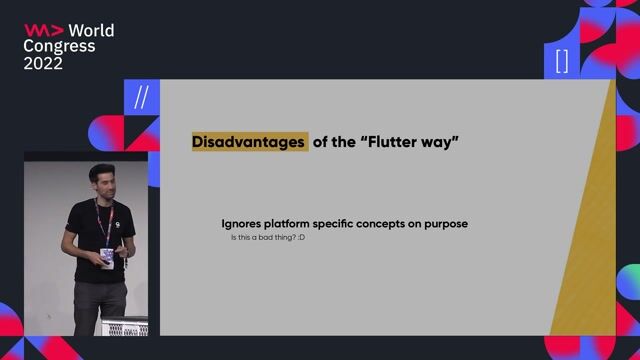
16:39 MIN
Live coding a responsive app for multiple platforms
Writing truly cross plattform applications using flutter
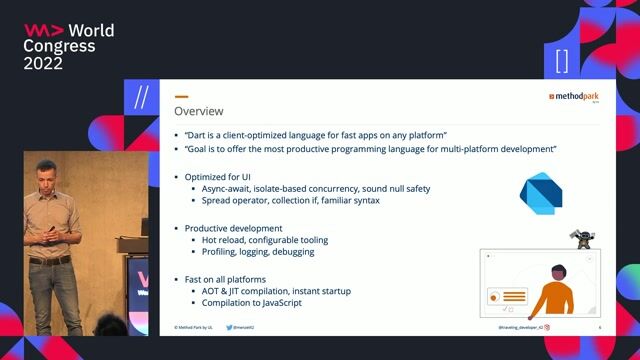
02:37 MIN
Exploring Dart's core principles and performance goals
Dart - a language believed dead, experiences a new bloom
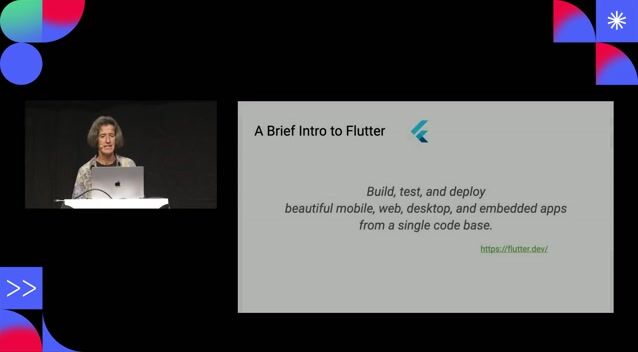
02:23 MIN
Understanding Flutter's core philosophy and features
Using Serious Tech for a Silly Game - How to Build an MVP with Flutter
Featured Partners
Related Videos
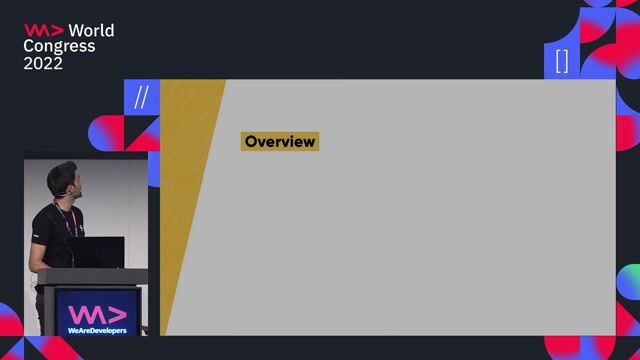 29:36
29:36Writing truly cross plattform applications using flutter
Simon Auer
 28:58
28:58Using Serious Tech for a Silly Game - How to Build an MVP with Flutter
Sylvia Dieckmann
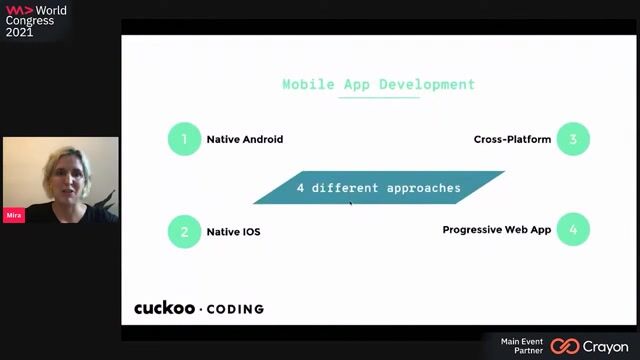 48:32
48:32Intro to Flutter Development
Mira Jago
 1:00:14
1:00:14Dart - a language believed dead, experiences a new bloom
Christoph Menzel
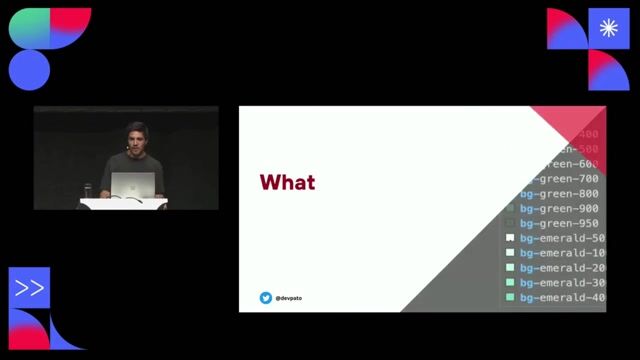 31:41
31:41Level up your Angular CSS with Tailwind CSS
Patricio Vargas
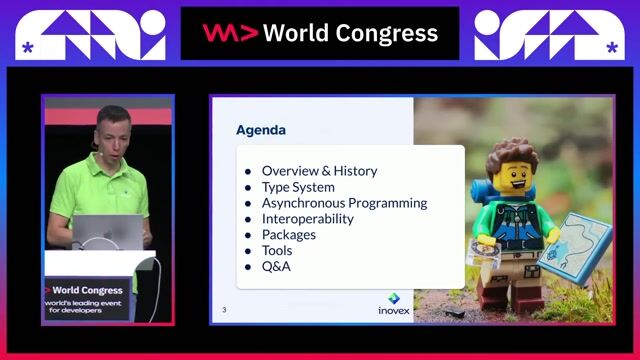 25:13
25:13Dart - a language believed dead, experiences a new bloom
Christoph Menzel
 47:46
47:46Level up your Angular CSS with Tailwind CSS
Patricio Vargas
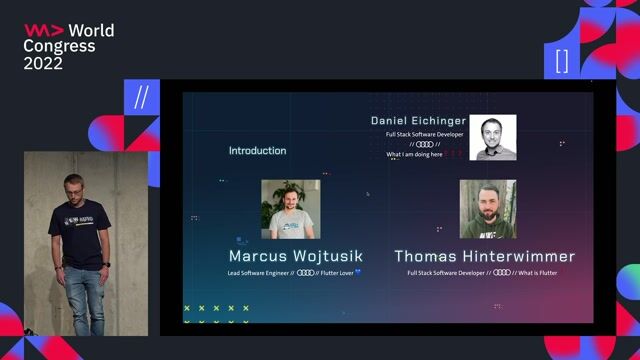 43:02
43:02Is Flutter ready for the web yet? - A live coding comparison between Flutter and React
Marcus Wojtusik & Thomas Hinterwimmer
From learning to earning
Jobs that call for the skills explored in this talk.

Senior Software Engineer für App-Entwicklung (m/w/d)
convivo GmbH
Berlin, Germany
€50-75K
Intermediate
Senior
Dart
Flutter
![Senior Software Engineer [TypeScript] (Prisma Postgres)](https://wearedevelopers.imgix.net/company/283ba9dbbab3649de02b9b49e6284fd9/cover/oKWz2s90Z218LE8pFthP.png?w=400&ar=3.55&fit=crop&crop=entropy&auto=compress,format)
Senior Software Engineer [TypeScript] (Prisma Postgres)
Prisma
Remote
Senior
Node.js
TypeScript
PostgreSQL






IT-Entwickler Web & Desktop (mit Flutter/Dart, PHP, MySQL Erfahrungen)
APEG Automarkt im Allgäu GmbH
PHP
API
CSS
GIT
HTML
+9

Senior Frontend Entwickler (React, Flutter, Node.js)
LH - Recruitment Solutions
€60-75K
Senior
React
Flutter
Node.js
Next.js
+1